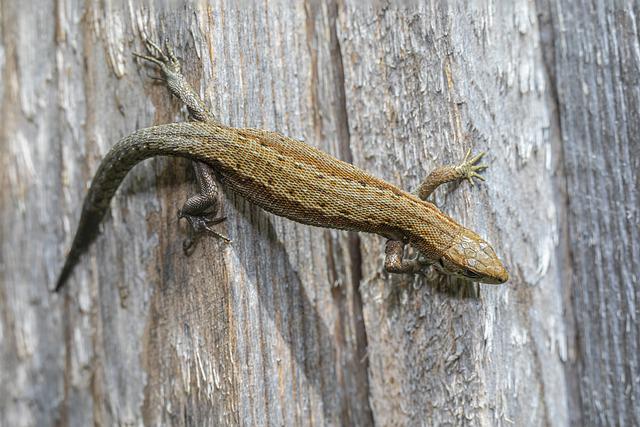
Lizards have the ability to regenerate their tail.
Regeneration is a notion that comes from regeneratio , a Latin term. It is about the process and result of regenerating (getting something to regain its shape or state, performing a treatment so that a material can be reused, getting a person to stop harmful behavior).
For example: “Scientists are investigating how to facilitate cell regeneration,” “The Government is studying a new strategy for urban regeneration,” “Forest regeneration will not be possible as long as humans maintain this kind of behavior.”
Regeneration for biology
In the context of biology , we speak of regeneration to refer to the process carried out by certain organisms to recover or reestablish absent cells, tissues or organs . The regeneration capacity varies according to the species: while some can regenerate complete limbs, others are barely able to achieve any kind of regeneration.
An example of regeneration is what the lizard or salamanca does when it loses its tail and it grows back. Turbellarians are also species with an amazing capacity for regeneration: if they are cut in half, a new head grows in the middle where the tail remained and vice versa.

The human being's capacity for regeneration can be seen in nails and hair, for example.
The case of the tubelars
Tubelarians are also known as planarians , and are a class of small flat worms . They generally live in the sea or fresh water, although some of them have adapted to humid terrain. To move they use cilia (thread-like cellular organelles) and to search for food they actively excavate their environment. Almost all tubelars are carnivorous.
A tiny portion of their body is enough for them to be able to carry out complete regeneration; More precisely, they are able to achieve it from 1/279 of their body , something that is fascinating for science, since it is considerably removed from our regenerative capabilities. According to studies carried out in this regard, it is estimated that tubelars need two weeks to achieve regeneration, although this varies according to the portion of the body and the particular species.
It is known that tubelars need more time to regenerate the body starting from the head than the other way around. Regarding the regeneration rate, this is not proportional to the size of the individual; That is to say, a planarian measuring 20 millimeters in length has the same rate as one measuring 1 centimeter. However, it does have a relationship with their nutritional status, so the nutritional resources of each individual make a notable difference in this process .
Tail regeneration in lizards
The lizard, for its part, can only regenerate its tail, but this does not make it any less interesting. First of all, it is worth mentioning that it is not necessary for them to lose it in a confrontation, but rather they usually part with it voluntarily to mislead their predators . This happens because the limb is shaken for a while, allowing the animal to escape stealthily.
This species also needs its tail for locomotion, for courtship, and for storing fat that it then uses in times of food scarcity or illness. It should be noted that the regenerated limb is not identical to the original, but shorter and with a less intense color, in addition to not having vertebrae or scales. Curiously, it happens very often that regeneration gives rise to two tails.
The notion linked to the human being
Human beings also have the capacity for regeneration. Nails , skin , hair and bones can regenerate.
The same happens with the liver , which increases in size when part of it is missing. In this case, the missing fragment does not grow again, but rather the portion that remained increases in size in order to compensate for what is missing.
